Voices of the Rainforest: Behind the Scenes of the DeepData Expedition
- Kashmir World Foundation

- Apr 30
- 2 min read
Updated: Sep 11
In the remote reaches of the Osa Peninsula, Costa Rica, where emerald canopies stretch beyond sight and toucans echo through the mist, something extraordinary took place. The Rainforest DeepData Expedition, led by Kashmir World Foundation (KwF) in partnership with Tamandua Biological Station, brought together cutting-edge conservation goals, ancient ecosystems, and the unfiltered beauty of real-world fieldwork.
Our mission? To capture the language of the rainforest.
Not just through observation — but by listening.
A New Conservation Methodology: Simulating Danger, Capturing Response
Instead of deploying pre-built artificial intelligence models, our team focused on collecting high-quality training data. We conducted controlled simulations — playing sounds like chainsaws, motorbikes, and gunshots — to record how wildlife responded.
Our goal is to build a bioacoustic dataset that reflects how sentinel species, such as howler monkeys, birds, and kinkajous, react to danger. These animals often signal threats to the forest long before a human could see them.
Using the DeepData Capture App, we tagged and organized sensor data in the field. Combined with AudioMoth sensors and camera traps, our system creates a new method of validating and cross-referencing events — all in an effort to build future tools that let the rainforest “tell us” when it’s in trouble.
A Diverse, Intergenerational Team
What made this expedition even more powerful was the diversity of its participants. Our team included citizen scientists ranging in age from 13 to 70, and came from backgrounds in AI, ecology, filmmaking, international relations, and pure curiosity.
We had students and scientists, artists and engineers, volunteers and veterans. The collective energy was electric — and it powered us through the most challenging and beautiful parts of the expedition.
The Reality of Field Research: From Mudslides to Mountains
The expedition wasn’t without its challenges — but each obstacle became part of the story.
We got stuck in the mountains (more than once).
Sometimes, we had to reverse up steep hills, or carry our luggage by hand when vehicles couldn’t make it through the terrain.
We crossed rivers, battled humidity, and hauled gear through dense rainforest paths.
Yet these moments bonded us. Every difficulty became part of the adventure — from sweaty teamwork to quiet stargazing.
Let the Forest Speak
This expedition wasn’t just about data — it was about building a new methodology for conservation. We’re building a bioacoustics universal translator, powered by real-world animal reactions, not lab-trained models. The data collected is now fueling the next phase of AI research by our KwF teams:
Team Jacamar – focused on bioacoustics big data analytics
Team Toucanet – decoding the language of sentinel species
Together, they’re training models to understand and eventually translate the warning calls of rainforest animals, making it possible to detect illegal activity even when humans aren’t around.
What Comes Next?
The Rainforest DeepData Expedition was the first of many. With new data and renewed focus, we are building tools to help protect ecosystems in real time — and across the globe.
If you want to be part of the next expedition May 2026, contribute skills, or support our mission, visit:👉 www.kashmirworldfoundation.org
Together, we’re making the forest heard.
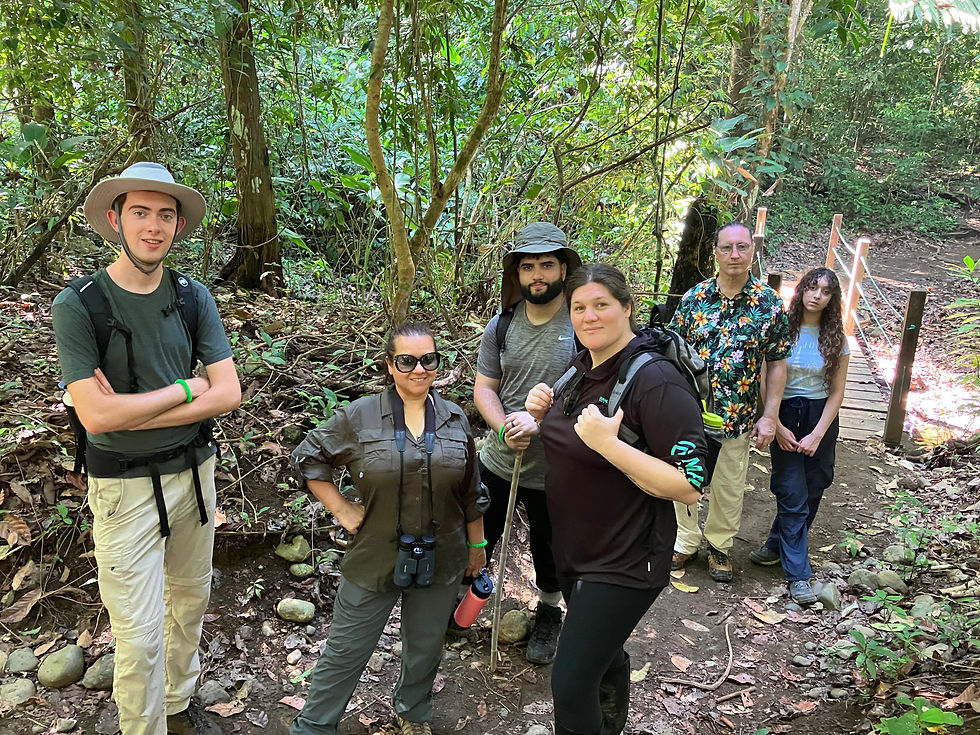
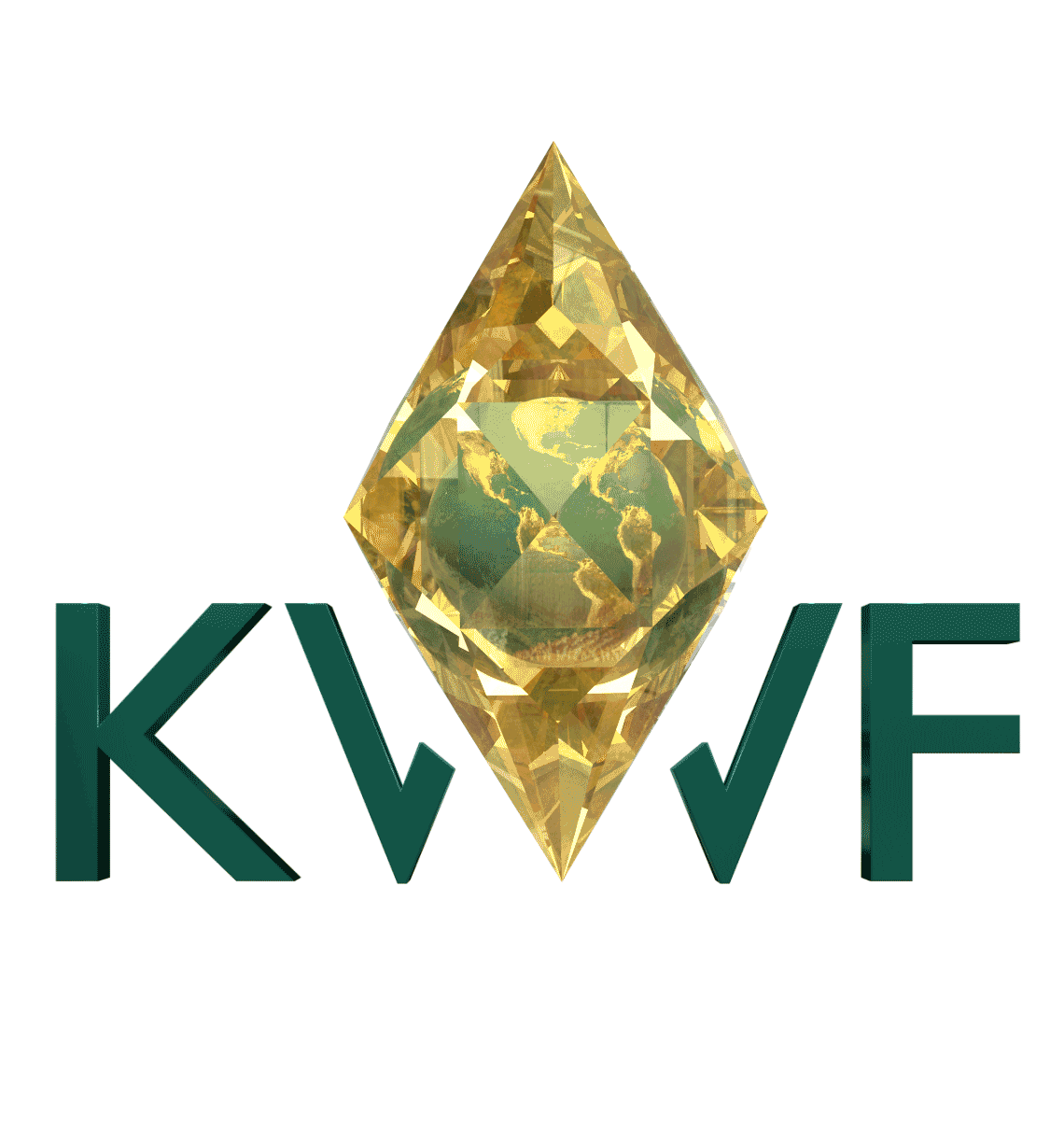





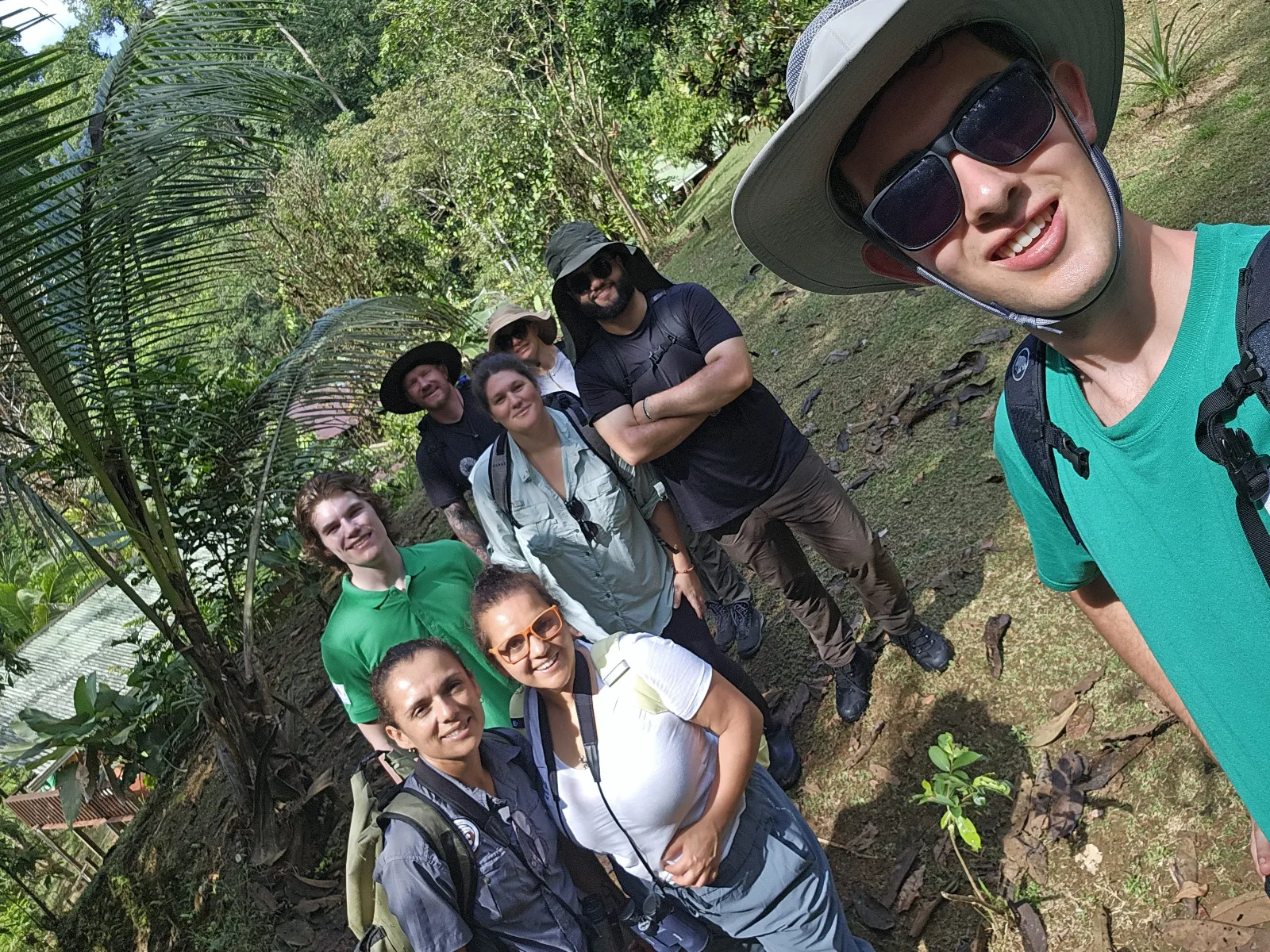
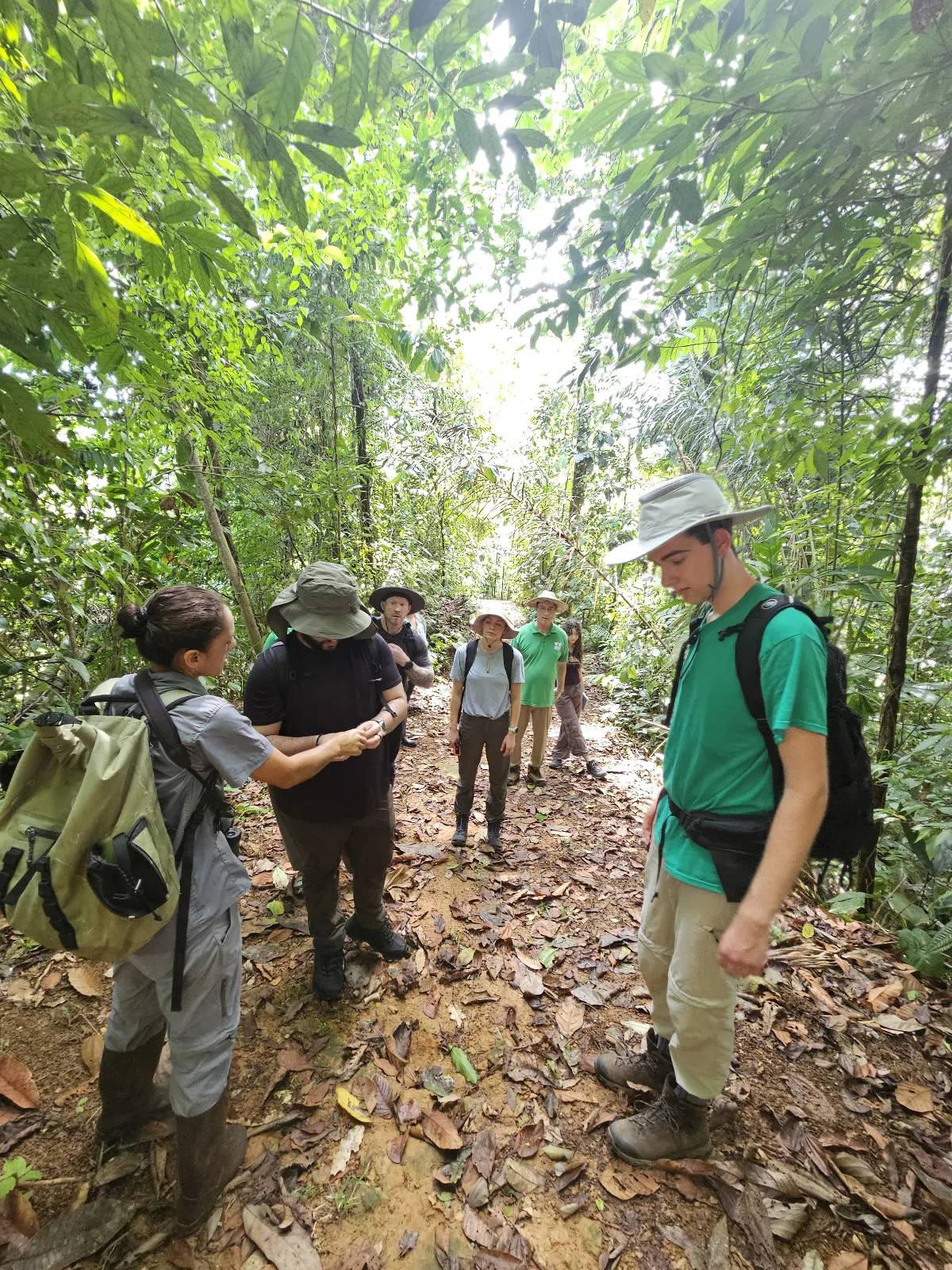






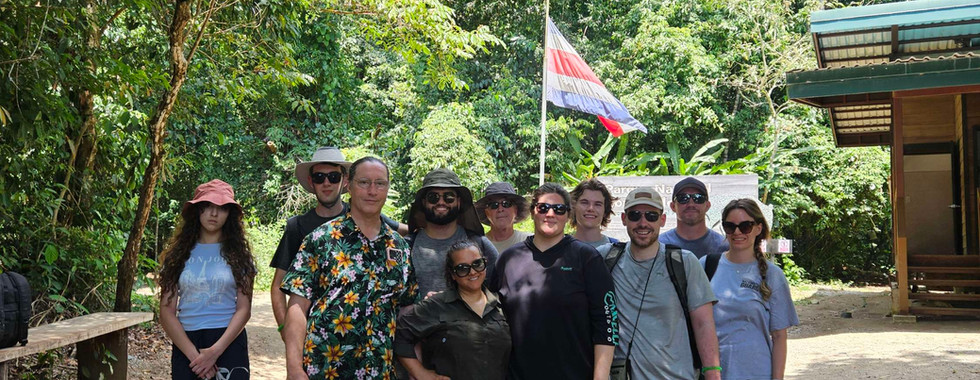















Comments